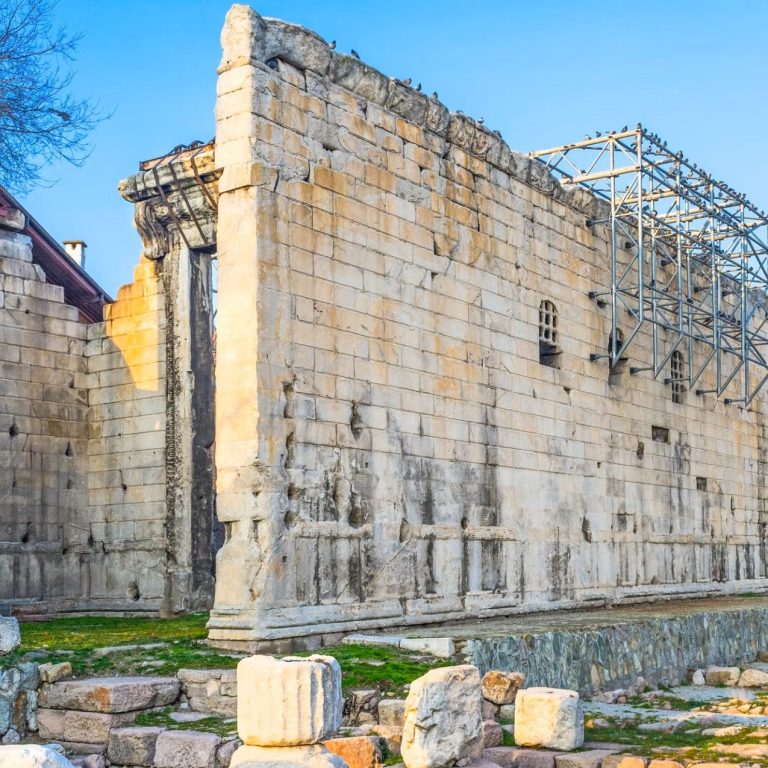
The mysteries of Roman inscriptions are being solved with a new AI tool
Aeneas, named after a hero from Greek and Roman mythology, can calculate when inscriptions were carved and predict lost text.
Researchers are using artificial intelligence (AI) to reconstruct
The Art Newspaper
July 23, 2025
© efesenko
the missing parts of ancient Roman inscriptions. A new AI tool, named Aeneas after a hero from Greek and Roman mythology, analyses thousands of Latin inscriptions to predict lost text—and can even suggest when and where an inscription was written.
“[Aeneas is] the first AI model designed to contextualise ancient inscriptions,” says Thea Sommerschield of the University of Nottingham in the UK, who worked with the tech company Google DeepMind on the project. “Aeneas helps historians interpret, attribute, and restore fragmentary Latin texts.”
Around 1,500 Latin inscriptions are discovered each year—on buildings, ancient artefacts and more—but these are often incomplete due to damage, such as breakage or erosion. Experts use their specialist knowledge to search for similar inscriptions to help reconstruct these lost words and sentences, but this can take a long time and involves the analysis of hundreds of texts.
Related articles
The Art Newspaper
- How AI models are helping to reveal South America's archaeological sites (April 2025)
- Laser mapping reveals massive ancient Zapotec city in Mexican forest (February 2025)
- Stunning frescoes revealed at Pompeii (April 2024)
- Lost building discovered in Sicily's ancient Valley of the Temples (March 2024)
- Ancient Pompeii site installs 'invisible' solar panels that look like Roman terracotta tiles (February 2023)
- Archaeologists have mapped the ancient capital of the Mongolian Empire (November 2021)
- Heading down the publicum (March 2026)
History Today
- Migration in Roman Britain (April 2016)